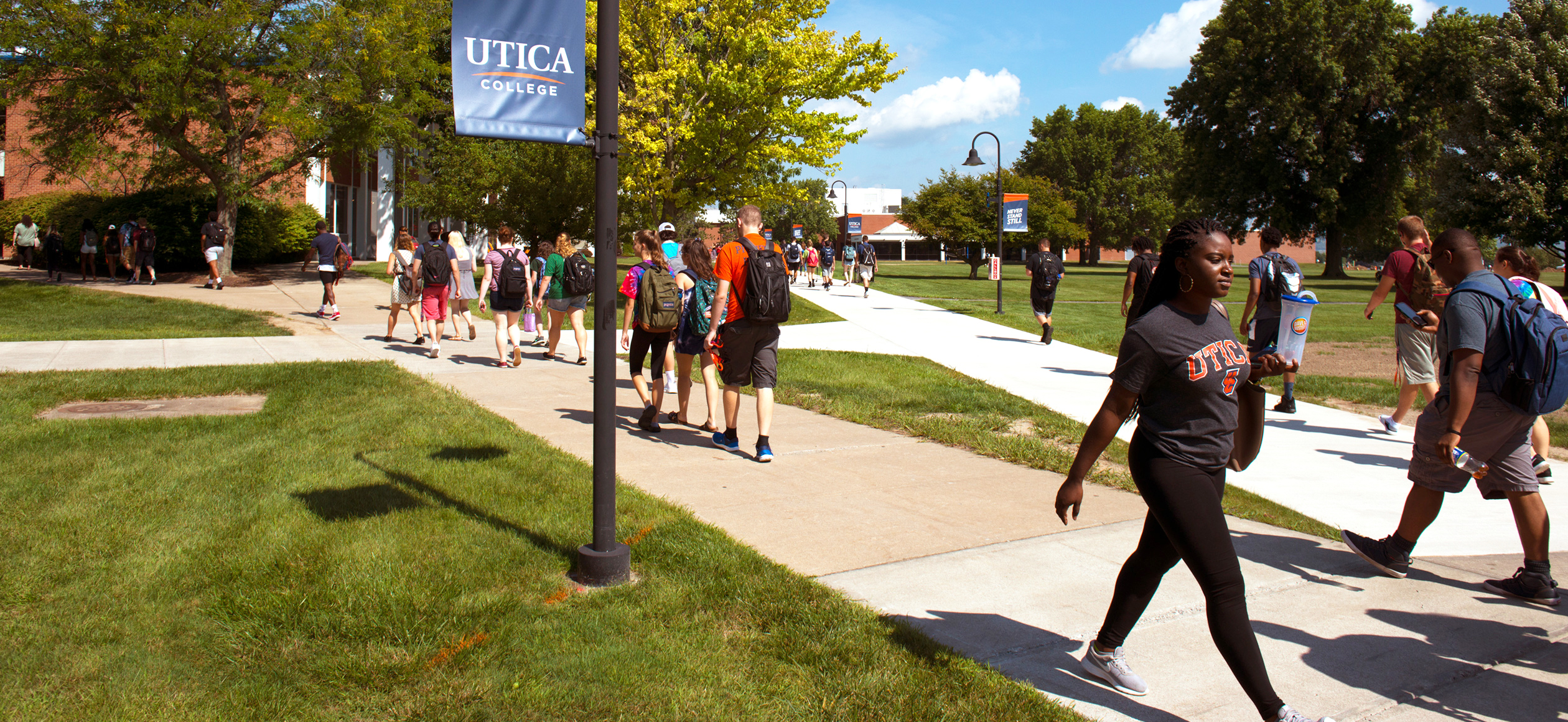
Guellermo, W., X. Dorrejo, S. George, and B. Buchanan
. 2002.
The effects of temperature and illumination on the visual capabilities of Hyla squirella and Pseudacris crucifer.
Abstract:
Nocturnal amphibians are active at night because cooler temperatures help minimize water loss. Another potential benefit of nocturnal activity is that lower body temperatures should cause a reduction in spontaneous photoisomerizations within the retina, that reduce the signal to noise ratio and impede vision at higher temperatures. Our research will investigate the effects of varying temperature and illumination on frogs? visual capabilities. We expect that individuals of Hyla squirella and Pseudacris crucifer will be better able to detect prey at lower temperatures than at higher temperatures. We will determine the speed of frogs? prey detection under four combinations of low and high illuminations and cool and warm temperatures.

